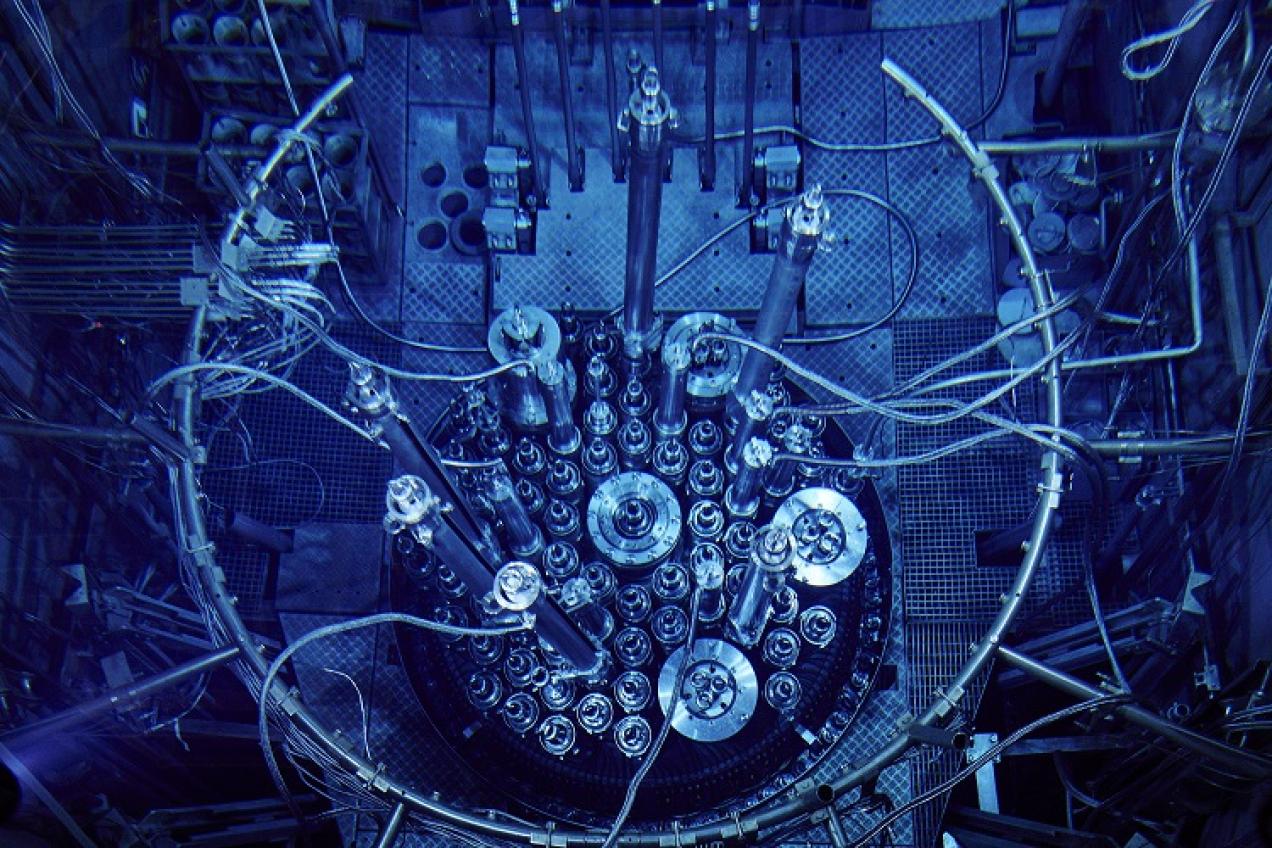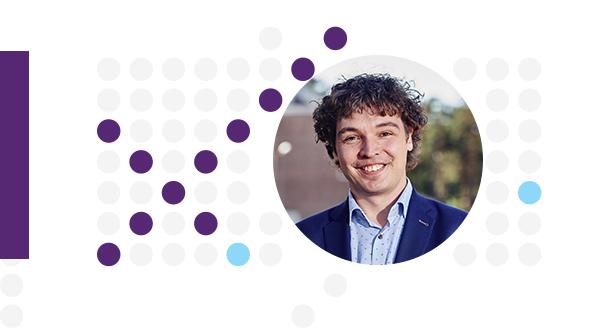BR2 produces record quantities of medical radioisotopes
More than 12 million patients have been helped thanks to this production

More than 12 million patients have been helped by the production of medical radioisotopes in the BR2 research reactor. "That's five million more patients than our previous average," SCK CEN is proud to report. A change in the number of operating days is the reason behind these positive figures.

“Never before in the history of the BR2 research reactor have we racked up such figures,” enthuses Steven Van Dyck, Reactor Manager at SCK CEN. Anyone looking at the figures would immediately share Van Dyck's enthusiasm. Typically, SCK CEN produces ten to fifteen different radioisotopes per reactor cycle. Two radioisotopes accounted for most of the production: molybdenum-99, the source of the most important diagnostic radioisotope technetium-99m, and lutetium-177, a radioisotope that is actively used in the battle against prostate cancer. Production of molybdenum-99 increased by a 25%, while lutetium-177 production saw an unprecedented increase of 75%. In total, more than 12 million diagnoses and 25,000 treatments were made possible thanks to Belgian production.
More operating days
These great figures are the logical consequence of the decision to increase the number of operating days from 160 to over 210 per year. This decision was taken in order to ensure a continuous supply of medical radioisotopes. "Half of the supply has to come from our research reactor, there is no alternative anywhere in the world. This underlines the vital contribution we make and must continue to make in the future. After all, the number of cancer patients continues to rise year after year, and demand increases proportionately," says Steven Van Dyck.
When SCK CEN made that decision, nobody could have foreseen that a pandemic could potentially shut down production. “We were worried when the coronavirus arrived in Europe. But we managed to secure that increased, essential production, even in a time of crisis. And this is all thanks to the unseen dedication of our employees. So it was an exceptional year, in an exceptional year,” concludes Steven.
the first holmium microspheres in December for the treatment of liver cancer.
Holmium spheres
And as if 2020 was not exceptional enough, the research centre also expanded its portfolio of radioisotopes that same year. A new addition to the list is the therapeutic radioisotope holmium-166, a better alternative to yttrium-90, which is currently the standard in selective internal radiation (SIRT). An SIRT treatment is initiated for patients with liver cancer for whom surgery is not an option. In this type of treatment, small spheres – with a diameter no larger than a human hair – are injected into the hepatic artery. They accumulate in the tiniest capillaries of the liver tumours and locally emit their radiation there. The tumours shrink or disappear, while the surrounding healthy liver tissue is spared. "Unlike yttrium-90, holmium microspheres are visible on MRI and SPECT CT scans. This allows doctors to tailor the dose individually to the patient. We worked hard to get the challenging irradiation conditions for holmium-166 right. Following extensive testing and frequent validation, we were able to deliver the first holmium microspheres in December. Next year, in 2021, we will start commercial production of these microspheres to treat patients," explains Bernard Ponsard, stakeholder manager for radioisotope and doped silicon production.
And personalised treatment is more than welcome. In 2020, over 905,000 people across the world were diagnosed with liver cancer. In the same year, 830,180 liver cancer patients lost their lives. This makes it the seventh most common and third most deadly cancer in the world.
Repeat record-breakers
SCK CEN not only produced a record quantity of medical radioisotopes. At the same time, the number of metric tonnes of doped silicon produced also skyrocketed. "Silicon is by far the most widely used semiconductor. Semiconductors are the basic material for the electronic components of systems for solar and wind energy, hybrid cars, and high-speed trains, for example. Last year, orders flooded in from Japan, China and other corners of the world. In total we produced 36 metric tonnes – double the amount of previous years," explains Steven Van Dyck.

Ensuring operation until 2036
Nuclear medicine can count on our BR2 research reactor. In the last 45 years, it has not missed a single announced cycle completely. This is thanks to our thorough preventative maintenance, which also remains a priority in a ramped-up operating regime. This is why we began the preparations for the ten-year safety review with full confidence. With this report, we are asking the Belgian authorities for permission to ensure the continued operation of the reactor until at least 2036.
Sven Van den Berghe
Nuclear material sciences
Lutetium-177: towards personalised medicine
IRE and SCK CEN conclude a partnership for the production of lutetium-177 and other radioisotopes